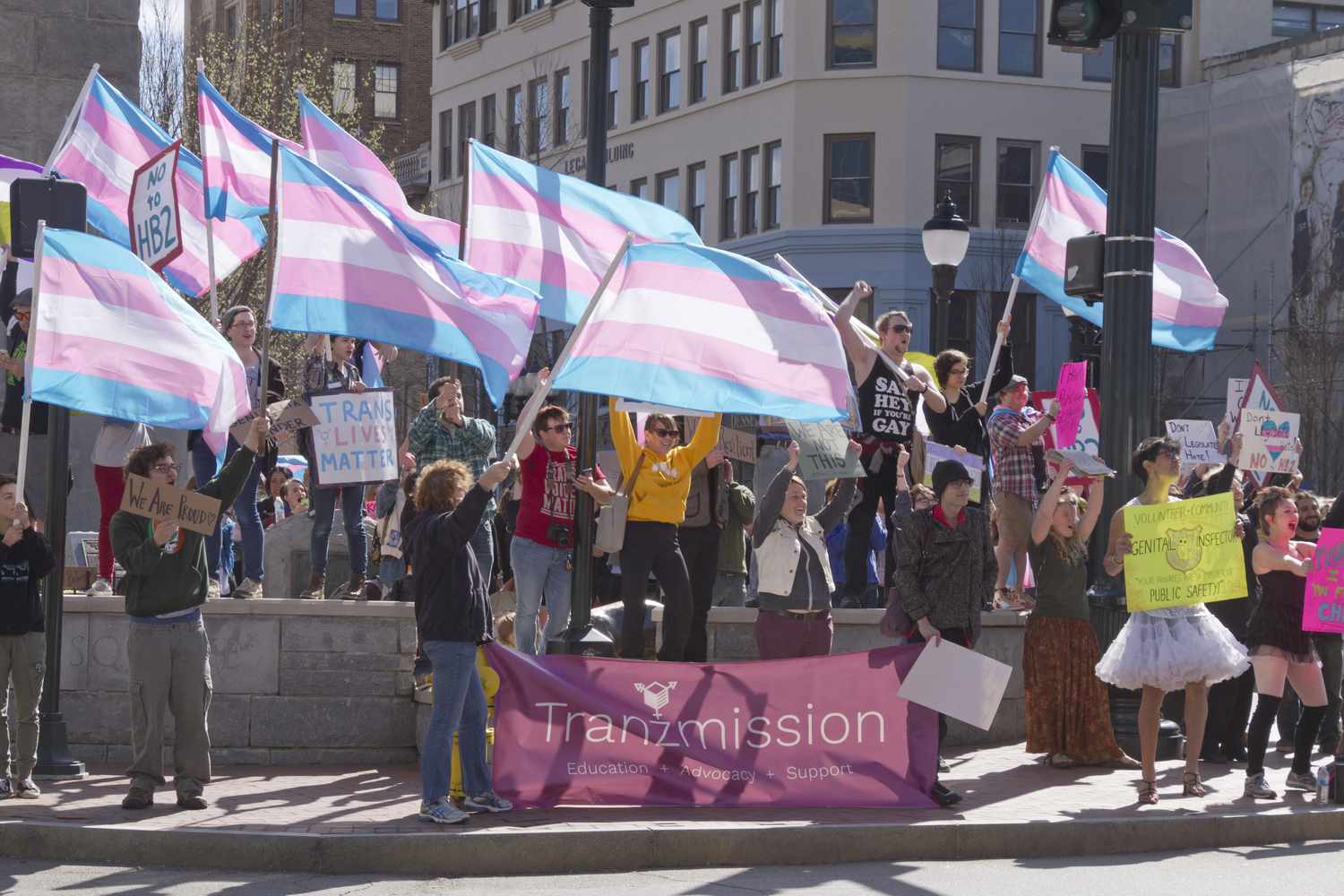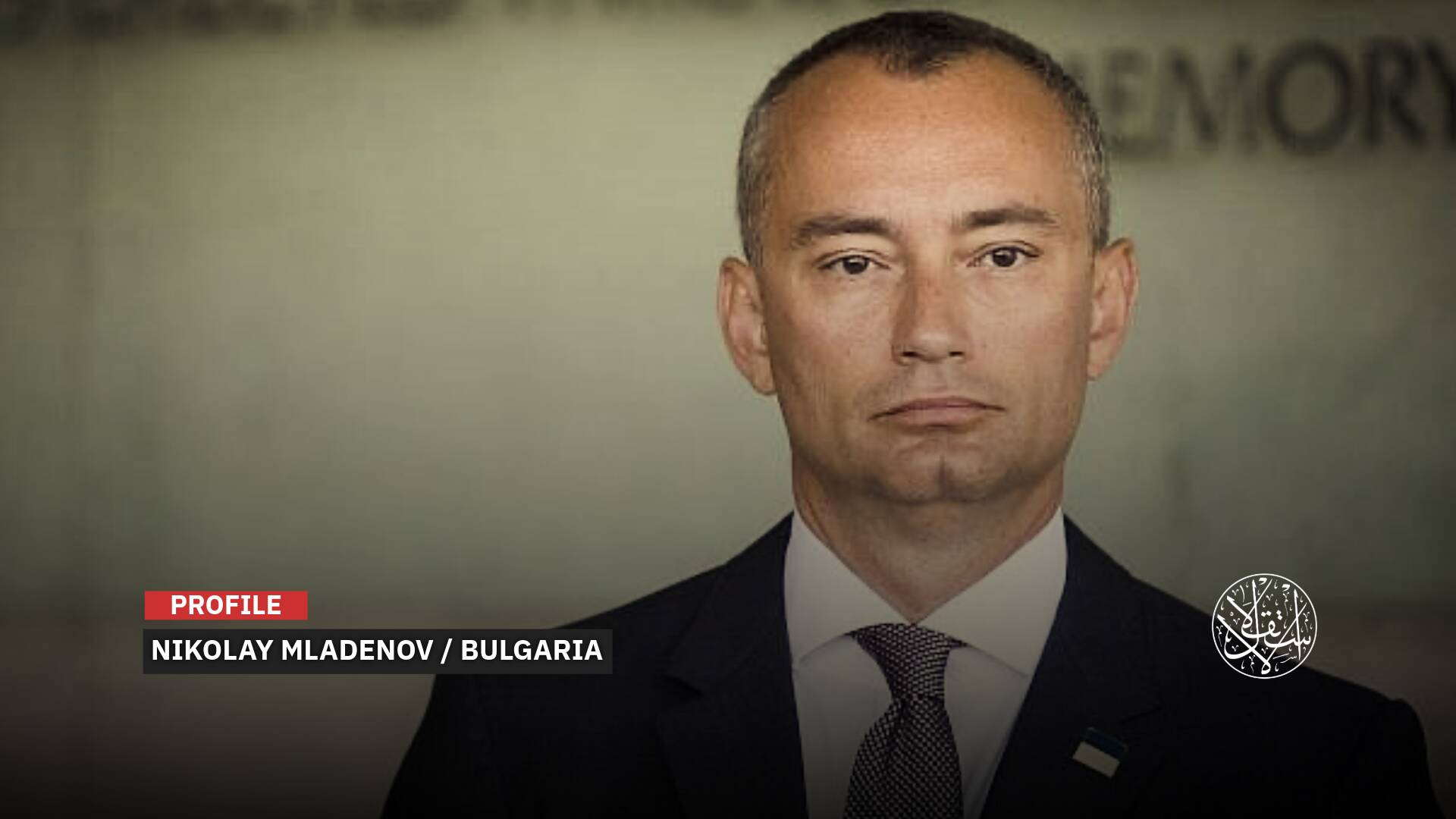How Capitalism Hid the Chronic Damage of Sex Change Surgeries

Gender-affirming surgery is a set of procedures designed to align the physical body with an individual’s gender identity.
In a rapidly evolving landscape, the trans community is experiencing a surge in social acceptance, and this shift is having a profound impact on the healthcare sector.
One notable area of growth is in gender-affirming surgery, a set of procedures designed to align the physical body with an individual’s gender identity.
As state and federal laws introduce Medicare reimbursement scenarios, the regional market for these surgeries is expanding.
Gender-affirming surgery, also known as gender confirmation or sex reassignment surgery, encompasses a range of procedures.
Its goal is to help transgender and nonbinary individuals achieve a more congruent physical appearance with their gender identity.
From breast or chest procedures (commonly referred to as “top surgery”) to genital reconstructive procedures (“bottom surgeries”), these interventions play a crucial role in affirming an individual’s sense of self.
Between 2016 and 2019, over 48,000 people underwent gender-affirming surgery, marking a significant milestone in healthcare inclusivity.
Breast and chest procedures accounted for more than 56% of these surgeries, while genital reconstructive procedures constituted over 35%. Additionally, facial and other cosmetic procedures are part of this transformative journey.
The trajectory of gender-affirming surgeries has been on an upward trend. In 2016, there were 4,552 such surgeries, but by 2019, that number had surged to 13,011. Despite the challenges posed by the Coronavirus pandemic, which led to a slight dip in 2020 (with 12,818 surgeries), the trend has rebounded since the second quarter of 2022.
The surge in surgeries is mirrored by an increase in medical appointments related to sex reassignment procedures.
In 2016, there were 13,855 such appointments, and by 2020, that figure had risen to 38,740. These numbers underscore the growing demand for comprehensive gender-affirming care.
The market, currently valued at $2.90 billion in 2022, is projected to reach $6.26 billion by 2030, with an estimated compound annual growth rate (CAGR) of 10.1% during the period from 2022 to 2030.

Continuing Evolvement
In a recently deleted video, Dr. Blair Peters, affiliated with Oregon Health and Science University (OHSU), candidly discussed his pioneering work in robotic procedures for genital surgery.
Dr. Peters characterized these procedures as experimental, emphasizing that the medical community is still in the process of “learning and figuring out what works.” His insights suggest that the field will continue to evolve over the next “five to ten years.”
The video, originally posted by the Daily Mail, captures Dr. Peters expressing his passion for genital surgery. Notably, the demand for such procedures among adolescents is on the rise.
However, the challenges are significant, particularly for male patients who have undergone pubertal suppression. Insufficient tissue poses a hurdle when creating a neo-vagina, necessitating skin grafts from alternate sources.
Dr. Peters acknowledges the unique complexities associated with adolescence and pubertal suppression.
While there is robust evidence supporting the benefits of suppressing puberty, genital surgery remains relatively uncharted territory.
Few surgeons have operated on puberty-suppressed adolescents, and as of now, no comprehensive studies have been published in this domain.
OHSU is currently assembling its inaugural series of cases, navigating the intricacies of tissue availability within the vaginal canal. Skin grafts or artificial materials become essential options, and robotic assistance plays a pivotal role in performing intra-abdominal components of these surgeries.
Robotic surgery itself constitutes a specialized niche within medical training. Dr. Peters highlights potential complications, including rectal injuries, urinary issues, and challenges related to sexual satisfaction and future childbearing prospects.
For male patients undergoing vaginoplasty, the long-term outcome often involves canal shortening.
Dr. Peters has observed cases where patients, even decades after the procedure, experience diminished depth due to lifestyle changes or lack of dilation.
In January, OHSU expanded its “gender-affirming services” by welcoming Dr. Peters, a prominent figure known for his candid social media presence.
His humor, albeit dark, occasionally touches on the intricacies of phalloplasty surgery. Notably, he once quipped about renaming calendar seasons as “phall” due to the sheer volume of operations he handles.
Additionally, Dr. Peters was invited by Nike in June to speak at their “pride month” event, where he discussed double mastectomies performed on young females.
His multifaceted role underscores the evolving landscape of gender-affirming medicine and the delicate balance between medical innovation and patient well-being.
Dangerous Operation
Despite being rejected by mainstream medical and mental health organizations for decades, conversion therapy persists due to ongoing discrimination and societal bias against LGBTQ+ individuals.
Minors are particularly vulnerable, and this harmful practice can lead to depression, anxiety, substance abuse, homelessness, and even suicide.
Across the United States, several states have taken steps to protect youth from conversion therapy.
A growing number of municipalities—approximately 70 cities and counties in states like Arizona, Colorado, Florida, Georgia, Iowa, Kentucky, Michigan, Minnesota, Missouri, New York, Ohio, Pennsylvania, Washington, and Wisconsin—have also adopted similar safeguards.
The Supreme Court of the United States (SCOTUS) has weighed in on this issue. On three occasions—April 2019, February 2016, and May 2015—SCOTUS upheld decisions by the 3rd U.S. Circuit Court of Appeals, affirming New Jersey’s anti-conversion therapy law.
Furthermore, SCOTUS declined to hear challenges to California’s anti-conversion therapy law in May 2017 and June 2014, effectively leaving intact the 9th U.S. Circuit Court of Appeals’ rulings that upheld the law’s constitutionality.
A recent report from the Williams Institute at UCLA School of Law highlights a concerning statistic: an estimated 20,000 LGBTQ+ minors in states without legal protections remain at risk of being subjected to conversion therapy by licensed healthcare professionals if state officials fail to act.
In April 2018, national organizations representing millions of licensed medical and mental health care professionals, educators, and child welfare advocates expressed their support for legislative measures to ban conversion therapy.
While some right-wing religious groups continue to promote the idea that sexual orientation or gender identity can change through prayer or other religious efforts, research has consistently disproven the efficacy of such approaches. Moreover, evidence indicates that they are actively harmful.
Beyond studies specifically focused on reparative therapy, broader research underscores the significant damage caused by societal prejudice and family rejection, particularly among LGBTQ+ youth.
Anecdotal accounts further underscore the harm resulting from attempts to alter sexual orientation and gender identity.
Consequently, every major medical and mental health organization in the United States has unequivocally condemned the use of conversion therapy.












